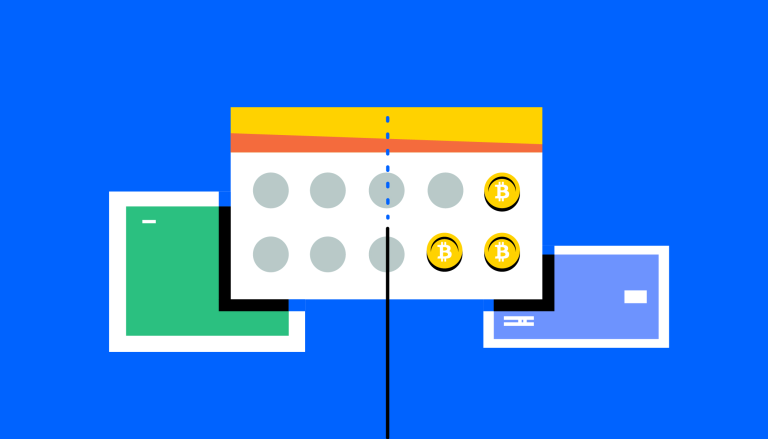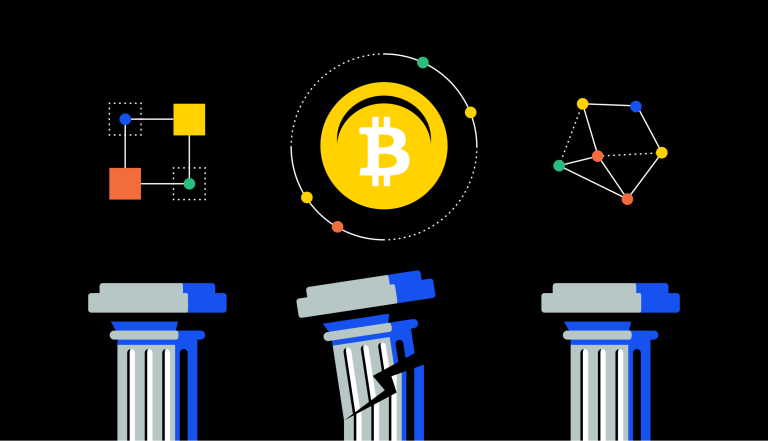What is Bitcoin halving?

TL;DR
The next Bitcoin halving is projected to occur on April 16, 2024 and will lower the mining reward to 3.125 bitcoins per block.
Bitcoin halving occurs approximately every four years and reduces the rate at which new bitcoins are created by 50%.
The halving reduces supply of new bitcoins entering the market, which could potentially lead to price appreciation if demand remains constant or increases.
Even though Bitcoin is digital money, it can't be created endlessly, and verifiable scarcity is core to its value proposition.
Foundational to the Bitcoin protocol are two concepts relating to scarcity:
First, there is Bitcoin's limited supply. The protocol dictates that the total number of bitcoins that can ever exist is capped at 21 million, and it's impossible for more bitcoins to ever exist. This is contrary to fiat currencies, where more money can be printed at the discretion of the government or central bank, potentially leading to inflation.
The second concept is referred to as the halving. Approximately every four years, the Bitcoin mining reward, also known as the "block reward," is halved. This means that the reward given to the contributors securing the network is reduced by 50%, directly impacting the rate at which new Bitcoins are introduced into circulation.
In May 2020, the amount of new Bitcoins added to the network (every 10 minutes) via virtual "mining" was halved from 12.5 to 6.25. In April 2024, it will drop again to around 3.125 — and the process will continue until all 21 million coins have been mined (which estimates say should happen around the year 2140).
At this point, miners will rely solely on transaction fees to validate blocks.

Why is Bitcoin halving important?
By issuing fewer bitcoins over time, the halving makes it more likely that Bitcoin's value will rise (assuming consistent levels of demand), which is in sharp contrast to fiat currencies, which typically decline in value over time via inflation (this is, for example, why you could get a Coke for a dime in the 1960s).
In short, the halving is one of the ways Bitcoin's protocol maintains scarcity, and scarcity is one of the reasons why Bitcoin is sought after by millions of people.
But scarcity is not the only reason why Bitcoin halving is important, and there are other elements that make the halving an event closely followed.
For example, Bitcoin halving usually attracts more press coverage of cryptocurrencies and Bitcoin. As the event garners headlines, it naturally piques the interest of potential new investors who might not have previously considered investing in Bitcoin or engaging with cryptocurrencies. This surge in attention can lead to an increase in demand for Bitcoin as new and existing investors aim to capitalize on the potential price movements caused by the halving.
How does Bitcoin halving work?
To better understand how halving works, we first need to understand exactly what Bitcoin mining is.
Bitcoin uses a proof-of-work (PoW) system to validate transaction information, called this way because solving the encrypted hash takes time and energy, which acts as proof that work was done. In this system, individuals use computers or specialized mining rigs to join the Bitcoin network, acting as both transaction processors and validators.
Once a block is filled with transactions, it is closed and sent to a mining queue, where miners race to be the first to solve the block's cryptographic puzzle. When the miners confirm the legitimacy of the transactions in a block, they open a new one and receive a reward for their work.
This process creates a chain of blocks containing information, creating what we know as the blockchain.
With each halving event, the reward for these network contributors is slashed by half, slowing down the pace at which new bitcoins are introduced into circulation. For context, as of March 2024, more than 19 million bitcoins have been mined, meaning there are approximately 2 million bitcoins left to be virtually "mined."
When is the next Bitcoin halving event?
As of March 2024, Bitcoin has already gone through three halvings:
On November 28, 2012, the reward dropped from 50 to 25 bitcoins per block.
Then on July 9, 2016, it went down again from 25 to 12.5 bitcoins per block.
And most recently, on May 11, 2020, it halved from 12.5 to 6.25 bitcoins per block.
Since Bitcoin blocks are mined about every 10 minutes, the next halving is projected to occur around the third week of April 2024, lowering the mining reward to 3.125 bitcoins per block.


